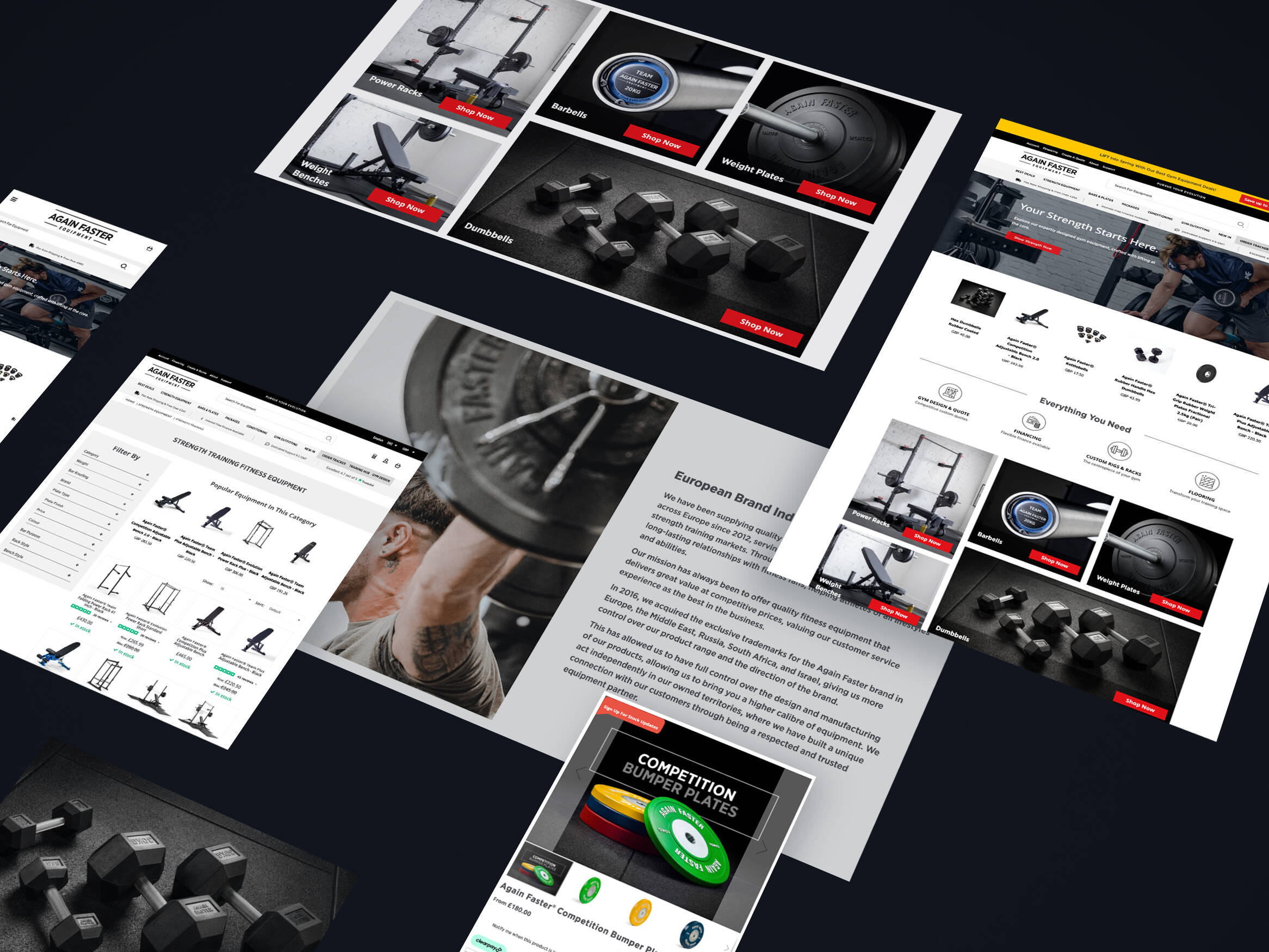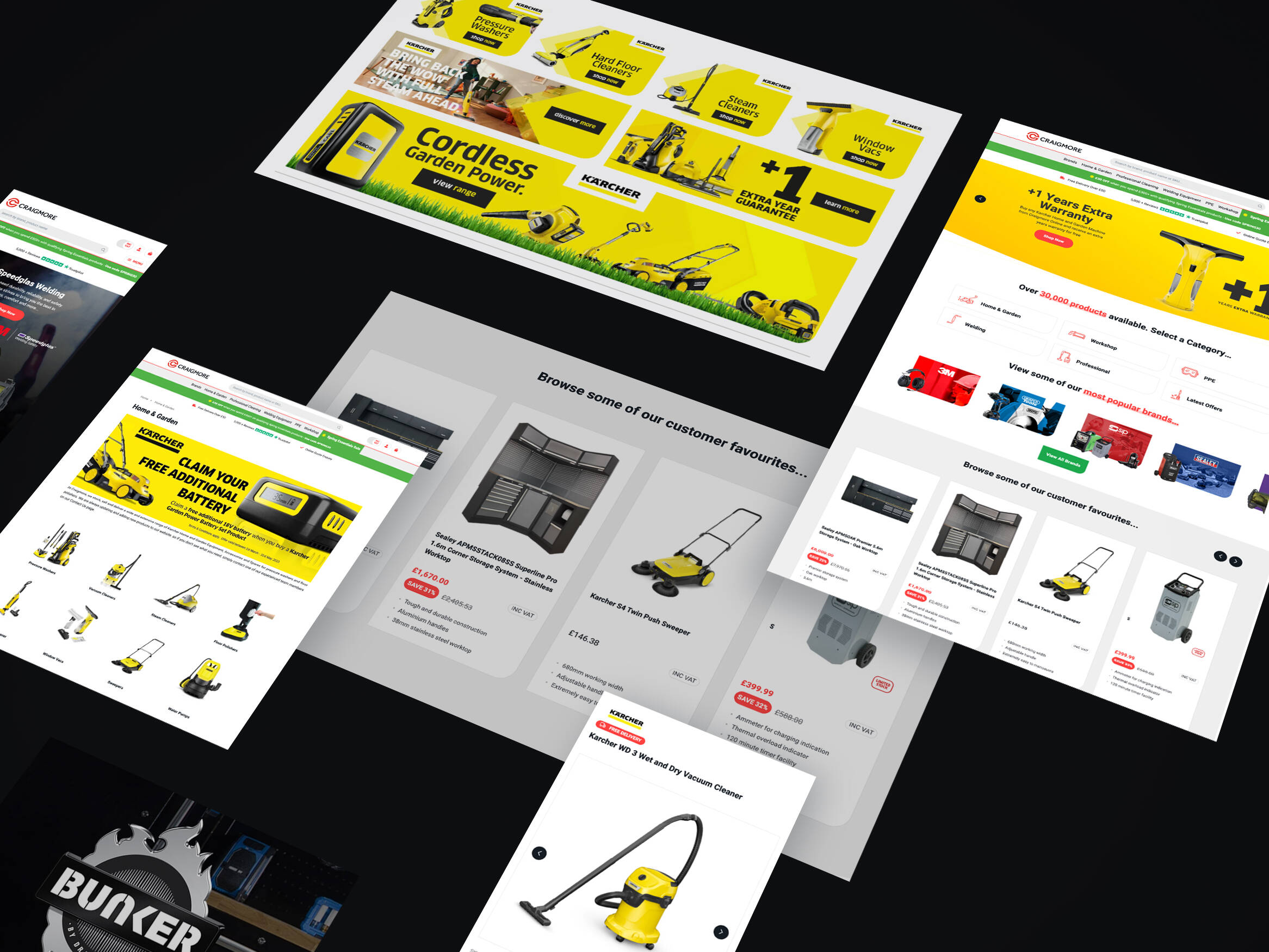Search Engine Optimisation (SEO) for your eCommerce websites is fundamental to success. Without an SEO plan in place, more than likely you’ll be leaving it down to luck as to whether your site ranks at all, never mind ranking well.
Search engine optimisation is about carrying out many tasks that will help search engines understand what your website is about so they can rank it accordingly in their search results.
1. Carry Out Keyword Research
At the heart of any SEO strategy is the keyword research process. You can do this by using various tools such as Google’s Keyword Planner, MOZ Keyword Explorer, SEMRush Keyword Tool and other thought processes.
You should spend the time researching meaningful keywords that are relevant to the topic or product on your web page.

For example, if my page is selling ‘bike tyres’ I would look at the search volumes for this primary keyword. I’d also include synonyms (i.e words that are different but mean the same thing) and longer keywords variations so that I get a good set of keywords to target.
The next step is to then research what other competitors are showing in search results for. You can do this by completing Google searches with your target keywords and seeing who shows up for them and in what position. You can then look at the page title and on-site copy for that page to see what other keywords might be used.
Once you’ve gathered these search terms, you should put them through Google Keyword Planner to gather the search volumes of these keywords. It’s important that you compare them with your initial list.
Do these keywords have higher volumes than yours? Are they realistically achievable i.e. do dominant competitors like Wikipedia, Amazon or similar show for your search terms or is it smaller businesses?
Looking at what other results display helps you to decide if that keyword should be targetted within your content.
Important: Target one primary keyword for a web page.
2. On-Site Optimisation
There are some simple optimisations that should be done on your eCommerce website to help improve your search engine positions. These include enhancing features like:
URL
With many eCommerce sites, the URL structure is easily missed. URLs should be structured in a clean user-friendly way.
- Non-user-friendly URL: www.mysite.co.uk/catalogue/brands/GMC/RotaryTools?node=406&catalogue=brands&__jumpTo=920154
- User-friendly URL: www.mysite.co.uk/brand/GMC/RotaryTools/135w-multi-function-rotary-tool
Where possible you should make your URL’s user-friendly so that users know exactly where they are, what they’re buying and better, that they can trust your site as it doesn’t look spammy.
Metadata
Metadata is the information that is displayed in SERPs (Search Engine Results Pages). It includes the Meta title and the meta description. The meta title should include your primary keyword. The meta description isn’t a ranking factor but should be used to inform the user of what the page is about.

Header tags
By structuring the content on your pages with header tags such as <h1>, <h2> and <h3> you can inform search engines of the hierarchy of your content. That way, Google can easily crawl through your content, identifying what it’s about and how easily it is to understand.
The easier your content is to read through carefully selected header tags, the better. So, make sure you’re writing in simple terms that both the user and Google can navigate through.
Tip: include your targeted keywords in your headings if possible.
Let’s take a look at an example:
This Is Your Title And Should Be <H1>
Hi there, I’m your text. I’m known as a paragraph.
Time For A Subheading <H2>
A Sub-subheading <H3>
You get the gist…
Image Alt Tags
Image Alt Tags are used to describe to the user what the image is about. This is particularly useful in website accessibility for users who are using screen readers. Alt tags should also include keywords to help rank your images within the image search results in search engines.
3. Use an Intuitive Site Structure
A strong and clear website architecture will help both users and search engines to crawl and navigate your site.

Users
Every person that visits your website should be presented with a great user experience. If the experience provides the user with the answers they’re looking for and allows them to purchase items easily and confidently, search engines will show your website some love and rank you well.
Search Engines
Search engines follow the structure of your website to understand the importance of web pages dues to where they appear within the navigation.
4. Create Unique, High-Quality Web Content
As the saying goes, content is king. In the world of SEO, it’s no different. Content should not be duplicated across your website. Each page should be unique and get the main points across to the end user clearly and concisely.
Search engines frown upon duplicate content because it makes it difficult for them to understand what each page is about. Making sure each page has a minimum of 300 – 500 words will help.
Remember: Optimise your content with your chosen primary keywords.
5. Product Page Information
The product page information is a vital part of SEO for eCommerce websites. For many, this is where they fall down. This happens for a number of reasons including:
- Not enough time to write unique copy for each product especially if there are thousands of products
- Not enough information about the product
- The information on the page isn’t engaging enough
- Content has not been written with keyword research in mind
Making the content as engaging as possible is the key here. Include:
- Keyword targeted copy
- Relevant optimised images
- User reviews
- Product videos where possible
As soon as you start to embrace unique product content, the sooner search engines will show your web pages some love in the search results.
6. Link Building
It’s important to gain links back to your eCommerce website through various link building activities such as outreach to influencers in your industry and other sites that are relevant and have a strong website authority.
Important: It’s not the number of backlinks but the quality of the links.
There are a number of tactics you can use to gain backlinks including:
Guest Posting – This is when you write a blog post for another website for a backlink to your site.
Web Directory Linking – Setting up listing in relevant web directories are beneficial, particularly if the directory is in your niche.
Broken Links – Browse industry blogs and scan the page for any broken links. Contact the site to let them know and start a discussion about how you have an article they could link to.
Conclusion
There you have it 6 tips to complete SEO for eCommerce Websites. These are just a taster of the things you should be thinking about and implementing on your eCommerce site but definitely a great place to start.
If you’d like help completing your SEO, we have a team of experts ready to help. Simply contact us to find out more.
Get in touch
We know commerce, let us help you improve customer experience, increase conversion rates, and make that digital change.
- hello@iweb.co.uk

















